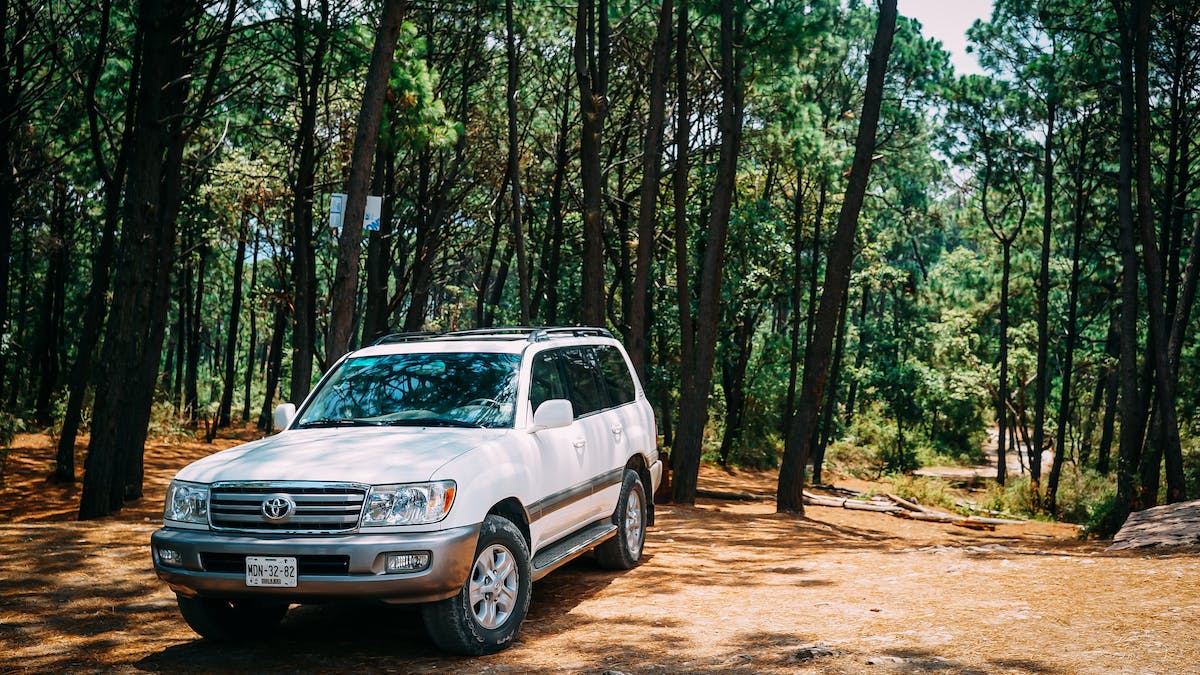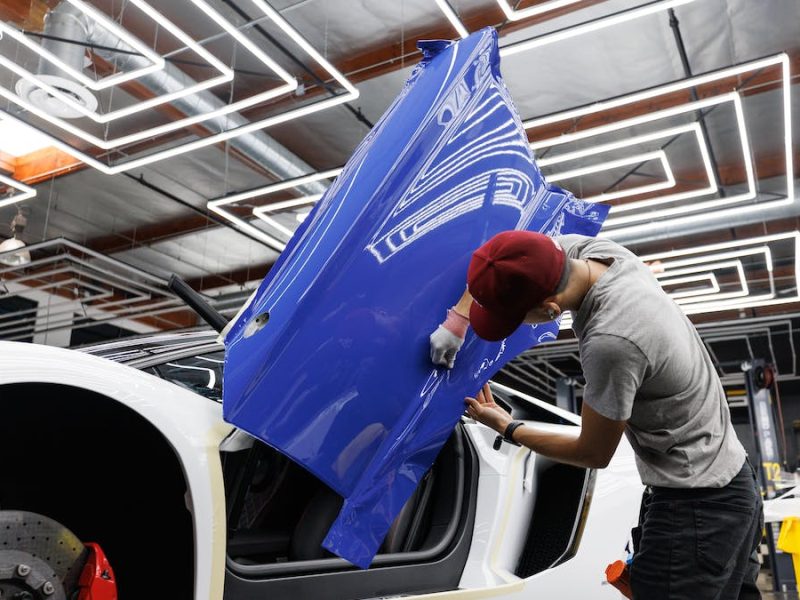Utility vehicles have become all the rage lately, with more and more people opting for this high-riding security over the once-popular sedans. As your family grows bigger, it is only natural that you’ll want a spacious, safer car. Nowadays, you’ll find many SUV and minivan options on auction sites like https://cars4.bid/ as people try to get themselves one of these fantastic vehicles at a pocket-friendly price. Despite their usefulness, SUVs and minivans are as different as day and night in their design and features. So, how do you choose the right car for your family?
Table of Contents
Difference Between an SUV and a Minivan
SUVs and minivans are safe and spacious, making them excellent options for families. However, they do have areas where they differ.
1. Controls
SUVs have conventional controls, and most come with switchgear and other traditional controls. Minivans are an entirely different scenario; they are not as restrained. Typically, a minivan comes with a creative design, as the short hood translates to the intrusion of the engine. As a result, you’ll find it has a smaller bonnet, and the shift levers are placed on the dash.
2. Cargo Space
Minivans are the best if you are looking for interior space. Because of their length, they can carry large cargo. A good example is the Chrysler Pacifica, which can carry up to 140.5 cubic feet of whatever you want. The entire interior volume comes to 197.3 cubic feet. Some minivans also come with seven-seater carrying capacities, unlike SUVs, which mostly have five-seater capacities.
3. Fuel Efficiency
In terms of gas-guzzling, minivans again are at the top. Most are in the low 20 miles per gallon, whereas SUVs can reach 30 miles per gallon. However, some SUV models come with hybrid options at your disposal that are more fuel-efficient.
4. Budget
The amount of money you would have to part with for either brand is up to you. Depending on your needs and preferences, minivans like the Honda Odyssey and Toyota Sienna can cost up to $40,000, while crossovers and small SUVs go for roughly $20,000.
5. Off-Road Ability
If you reside near rough roads or where the streets are no good, an SUV might be your ideal choice. Early SUVs were known for being heavy-duty and coming with four-wheel drives. The case is similar today, with most SUVs being four-wheel drive. There are some which are more exclusive and made for robust off-road purposes. Overall, the four-wheel-drive feature and the fact that they are a bit higher off the ground make them the suitable option compared to minivans.
6. Seat Comfort
Everyone wants comfort in their vehicle, and it is equally important to consider the comfortability of your car. Minivans dominate this category. Because of their design, they have space in all three rows, and the large sliding doors are convenient for entry and exit. You also enjoy better leg and headroom courtesy of the flat passenger floor space.
When materials and finish come into play, anyone can win here, as both come with near-luxury materials. High-end SUVs and minivans come with upscale metals, wood, leather, and soft-touch panel highlights, so once again, it will all narrow down to your choice and preference.
Are Minivans Considered Safer Than SUVs?
The thing to consider most is the weight and size. If your car weighs more, you will likely keep moving when involved in an accident. Being in a smaller car means the vehicle is more likely to come to a sudden stop whenever you are in an accident.
The sudden stop is dangerous as it results in injuries like whiplash. Bigger cars protect their occupants from that significant force. In addition, oversized vehicles also have a much bigger “crumple zone,” which refers to the space between the passenger area and the bumper, which will act as a cushion for the occupants in an accident.
Things to Consider When Purchasing an SUV or a Minivan
As you ponder between these two types of vehicles, there are some features to consider regardless of which brand you land on. These features usually come with most vehicles, but looking into them and seeing the different models will help you settle for the best choice.
- For starters, consider getting a car with blind spot warning alerts through audio or video. This will alert you when another car prepares to switch lanes or is passing you.
- Auto emergency braking – Here, the sensors automatically brake whenever the car detects a potential collision. Some vehicles also come equipped with rear automatic emergency braking.
- Traffic sign recognition – Whether you are behind a semi-truck or not, this feature is handy. The camera tool will help you identify stop signs, pedestrians crossing, speed limits, and more.
- Adaptive cruise control – Whenever you are near another vehicle, this feature will help you adjust the speeds depending on the road conditions and traffic.
The Takeaway
In conclusion, the choice between an SUV or a minivan mostly comes down to the features you want, where you live, and the size of your family. SUVs are great for small families of 4 members, while minivans will be great if you have five or more people in your home. They are also more comfy and have bigger legroom. If you need something for off-roading, then an SUV is your ideal choice. Lastly, remember to get a car with multiple safety features such as a backup camera, anti-lock brakes, airbags, lower anchors, a tire pressure monitor system, traction control, and many more.

Alex is fascinated with “understanding” people. It’s actually what drives everything he does. He believes in a thoughtful exploration of how you shape your thoughts, experience of the world.



